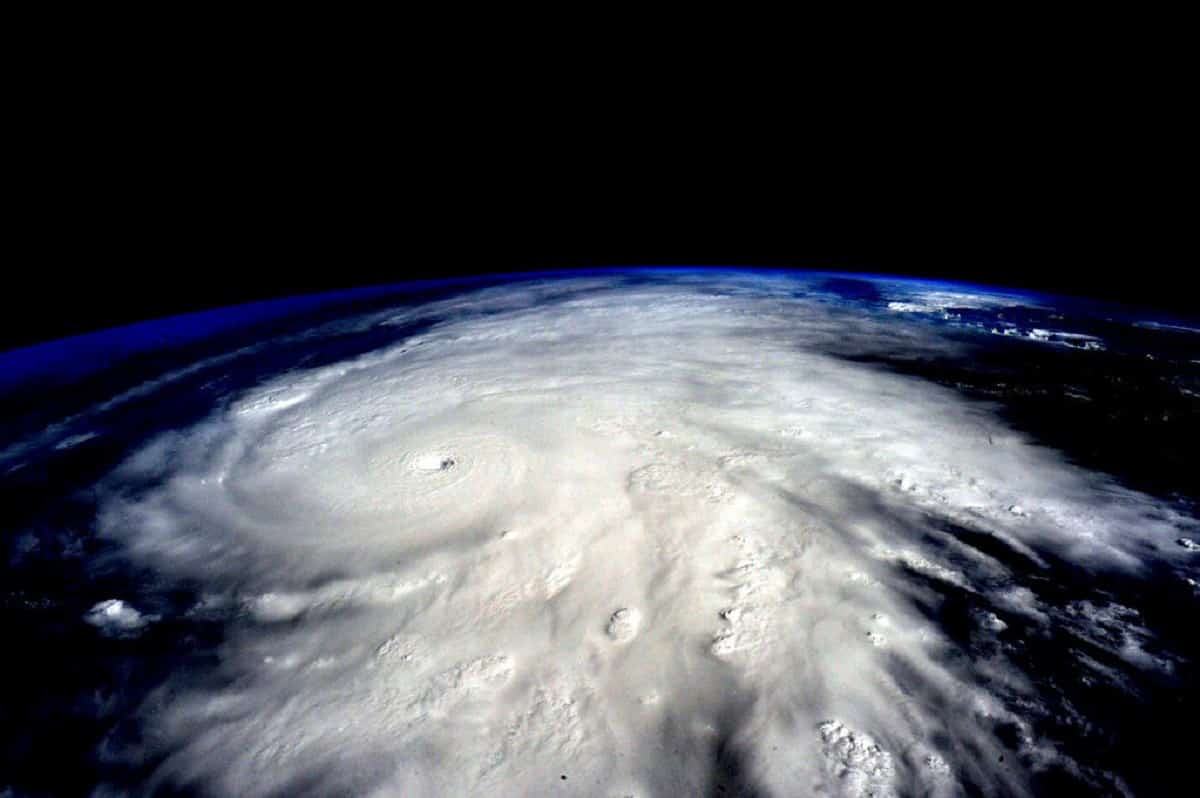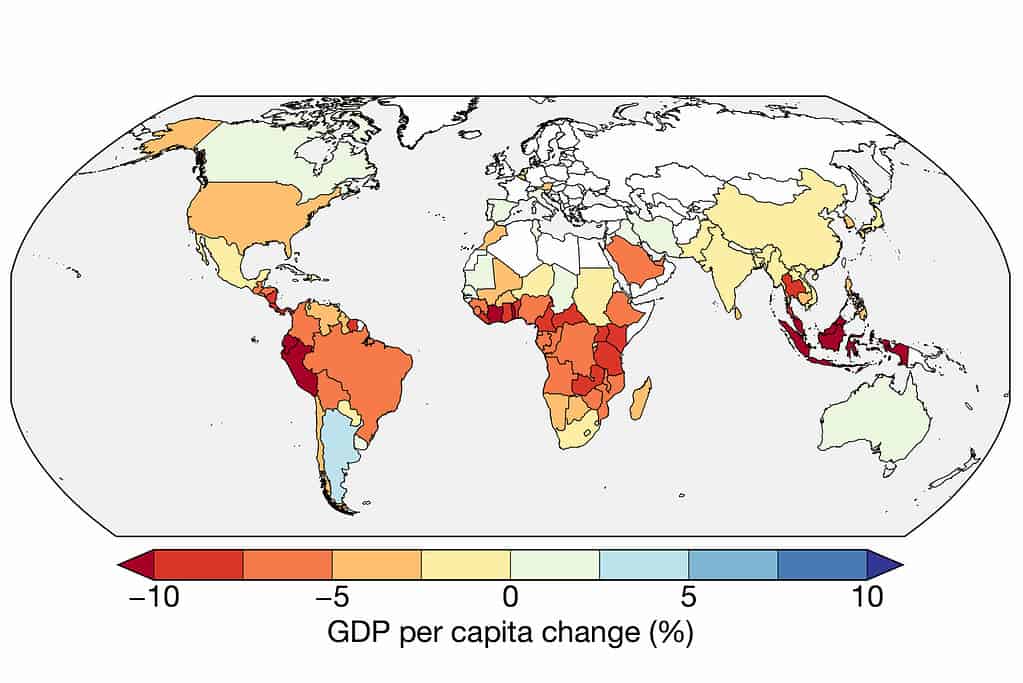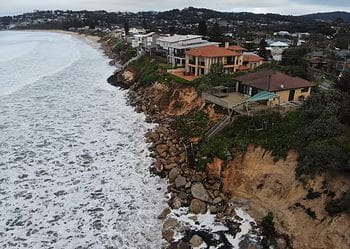
El Niño, a warm ocean water band stretching from South America to Asia that happens every three years on average, causes widespread severe weather changes – from floods to droughts. In a new study, researchers found the financial toll of El Niño can last much longer than expected, costing the global economy trillions of dollars in its wake.
This study is one of the first to examine the long-term costs of El Niño, estimating losses that significantly surpass previous studies’ estimates. The authors said the average cost of El Niño is about $3.4 trillion.
The one in 1997-1998 cost $5.7 trillion in lost economic growth, 100 times higher than the $45 billion that had been estimated by the World Bank.
“We can say with certainty that societies and economies absolutely do not just take a hit and recover,” Cristopher Callahan, study author from Dartmouth University, said in a statement. “In the tropics and places that experience the effects of El Niño, you get a persistent signature during which growth is delayed for at least five years,” he said.
Putting a number on El Niño economic damage

Expected to return this year, El Niño is the warm phase of the El Niño-Southern Oscillation – the natural cycle of warm and cold temperatures in the Pacific Ocean that also includes La Niña, the cooler counterpart. El Niño alters weather patterns, and in the US, leads to warmer winters on the West Coast and a milder hurricane season on the Atlantic.
For their study, the researchers spent two years looking at global economic activity in the decades after the 1982-83 and 1997-98 El Niño events. They found a “persistent signature” of slowed economic growth more than five years later. The global economy lost $4.1 trillion in only five years after the weather event subsided and $5.7 trillion in the second, more recent El Niño.
NEW: El Niño is worse than we thought.
Our analysis, out today in @ScienceMagazine, shows that El Niño events persistently reduce economic growth in tropical countries. Global warming could raise these costs by trillions of dollars. https://t.co/15wix4SQ13 (1/n)
— Christopher Callahan (@cwcallahan45) May 18, 2023
The researchers estimated that global economic losses for the 21st century will reach $84 trillion as climate change could amplify the frequency and strength of El Niño, even if greenhouse gas emissions are reduced. The El Niño predicted for this year could lead to global economic losses of as much as $3 trillion by 2029, they estimated.
The findings highlight a very important and understudied factor that shapes the economic toll of global warming – annual variations in climate conditions. While these are largely independent of global warming, greenhouse gases can amplify these events. El Niño is the largest source of annual climate variation, altering weather around the world.
“Our welfare is affected by our global economy, and our global economy is tied to the climate,” Justing Mankin, study author, said in a statement. “When you ask how costly climate change is, you can start by asking how costly climate variation is. We’re showing here that such variation, as embodied in El Niño, is incredibly costly and stagnates growth for years.”
The last big El Niño happened in 2016 and made that year the hottest on record. Global warming has intensified in the years that followed. The world is now coming out of an extended La Niña, which has caused a severe drought in South America. The chances of El Niño happening by late summer are as high as 80%, NOAA has estimated.
The study was published in the journal Science.



